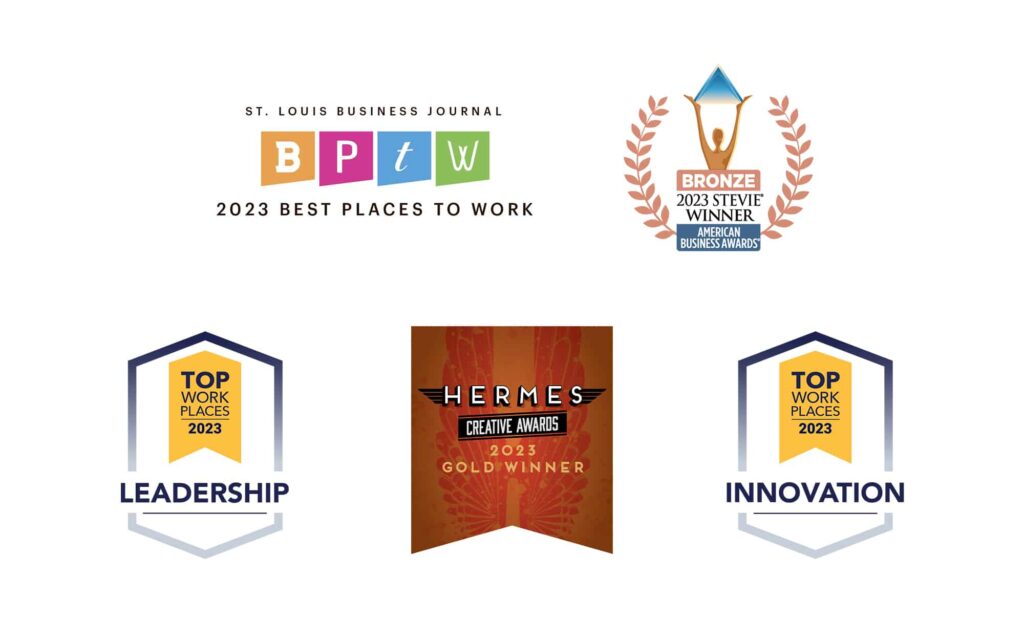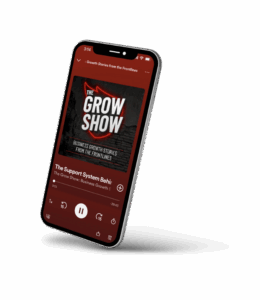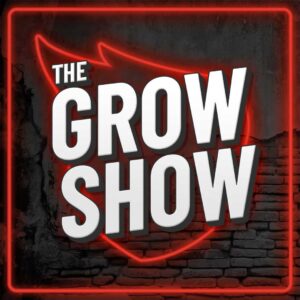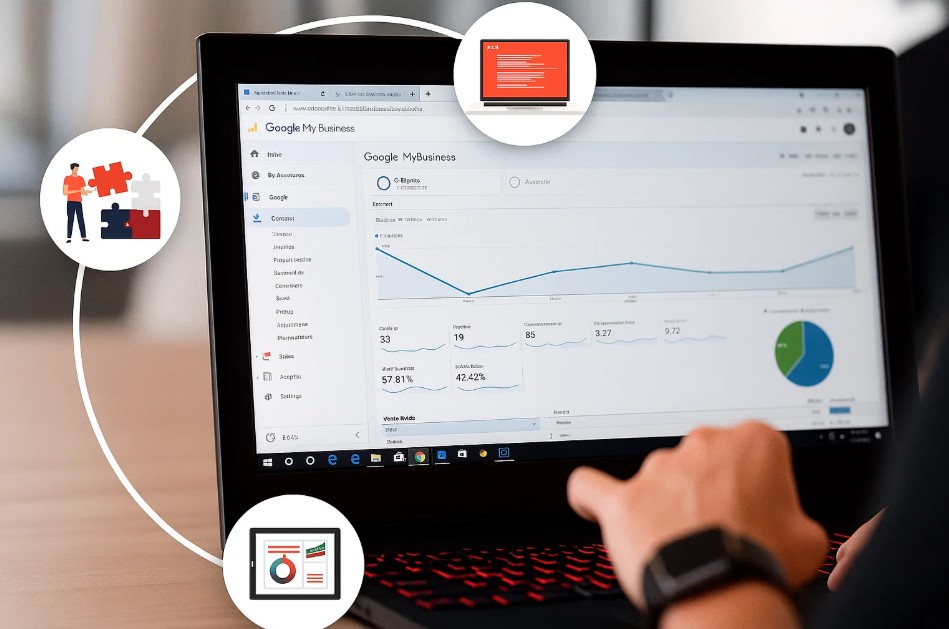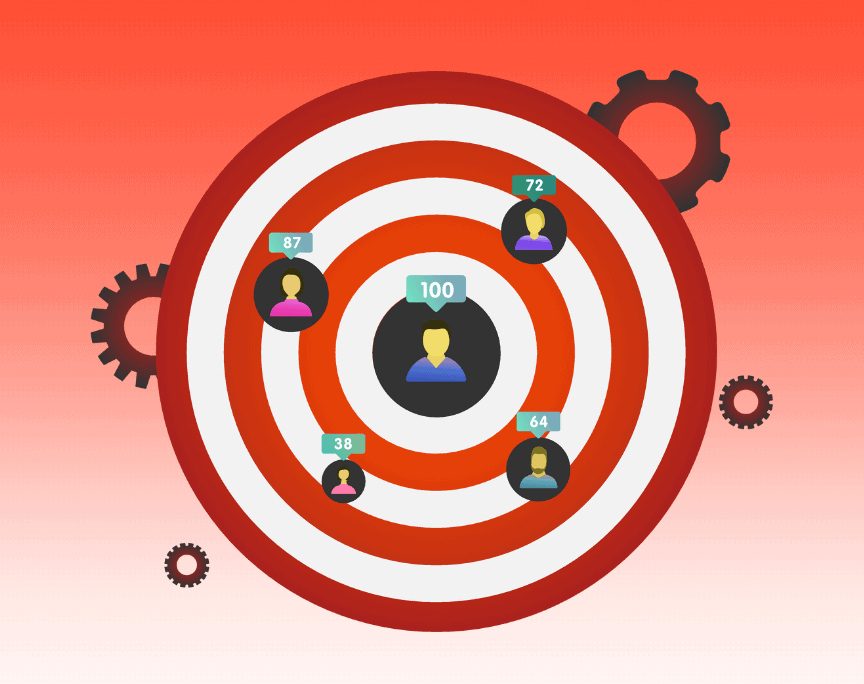In the rapidly evolving world of Managed Service Providers (MSPs), the ability to onboard new technicians quickly and effectively is a critical success factor. With increasing client demands, complex IT environments, and the constant pressure to deliver seamless service, MSPs cannot afford prolonged ramp-up times or inefficient training processes. Efficient onboarding not only accelerates technician productivity but also enhances client satisfaction, reduces turnover, and strengthens the overall health of the MSP business.
This comprehensive guide explores proven strategies, actionable insights, and best practices for onboarding new MSP technicians efficiently. From setting clear expectations to leveraging technology and fostering a culture of continuous learning, every step is designed to empower your team and drive measurable results.
Contents
Understanding the Importance of Effective Onboarding in MSPs
Onboarding is more than just an orientation or paperwork completion—it’s the foundation for a technician’s success within your MSP. According to a Gallup study, organizations with strong onboarding processes improve new hire retention by 82% and productivity by over 70%. In the MSP industry, where technical expertise and client trust are paramount, these numbers translate directly into business outcomes.
New technicians face a steep learning curve: mastering diverse client environments, understanding proprietary tools, adhering to security protocols, and aligning with service level agreements (SLAs). Without a structured onboarding process, they risk making costly mistakes, experiencing frustration, or disengaging early.
Efficient onboarding mitigates these risks by providing clarity, resources, and support. It accelerates time-to-first-ticket resolution and helps technicians feel confident and connected to the company’s mission and culture. Moreover, a well-structured onboarding program can foster a sense of belonging and camaraderie among new hires, encouraging them to form relationships with their peers and mentors from the outset. This social integration is crucial in an industry where collaboration and teamwork can significantly enhance problem-solving and innovation.
Key Challenges in MSP Technician Onboarding
Before diving into solutions, it’s essential to recognize common challenges MSPs encounter:
- Complexity of Client Environments: Each client may have unique configurations, software stacks, and compliance requirements, making standard training insufficient.
- Rapid Technological Change: MSPs must stay current with emerging technologies, cybersecurity threats, and automation tools, requiring ongoing learning.
- Resource Constraints: Smaller MSPs often lack dedicated training teams or formal programs, leading to ad hoc onboarding.
- High Turnover Rates: The IT industry experiences frequent job changes, so onboarding must be efficient to maintain service continuity.
In addition to these challenges, the emotional aspect of onboarding should not be overlooked. New technicians often experience anxiety about fitting into the company culture and meeting performance expectations. A supportive onboarding process that includes regular check-ins and feedback can alleviate these concerns, allowing new hires to acclimate more comfortably. Furthermore, incorporating hands-on training and real-world scenarios into the onboarding curriculum can enhance their learning experience, making them more prepared for the challenges they will face in their roles.
Ultimately, investing time and resources into a comprehensive onboarding program not only benefits the technicians but also enhances overall client satisfaction. When technicians are well-prepared and confident, they are more likely to deliver high-quality service, leading to stronger client relationships and improved retention rates. This creates a positive feedback loop, where satisfied clients contribute to the growth and reputation of the MSP, further motivating technicians to excel in their roles.
Designing a Structured Onboarding Program for MSP Technicians
A well-designed onboarding program balances technical training, cultural integration, and performance expectations. It should be modular, scalable, and adaptable to individual learning styles and experience levels.
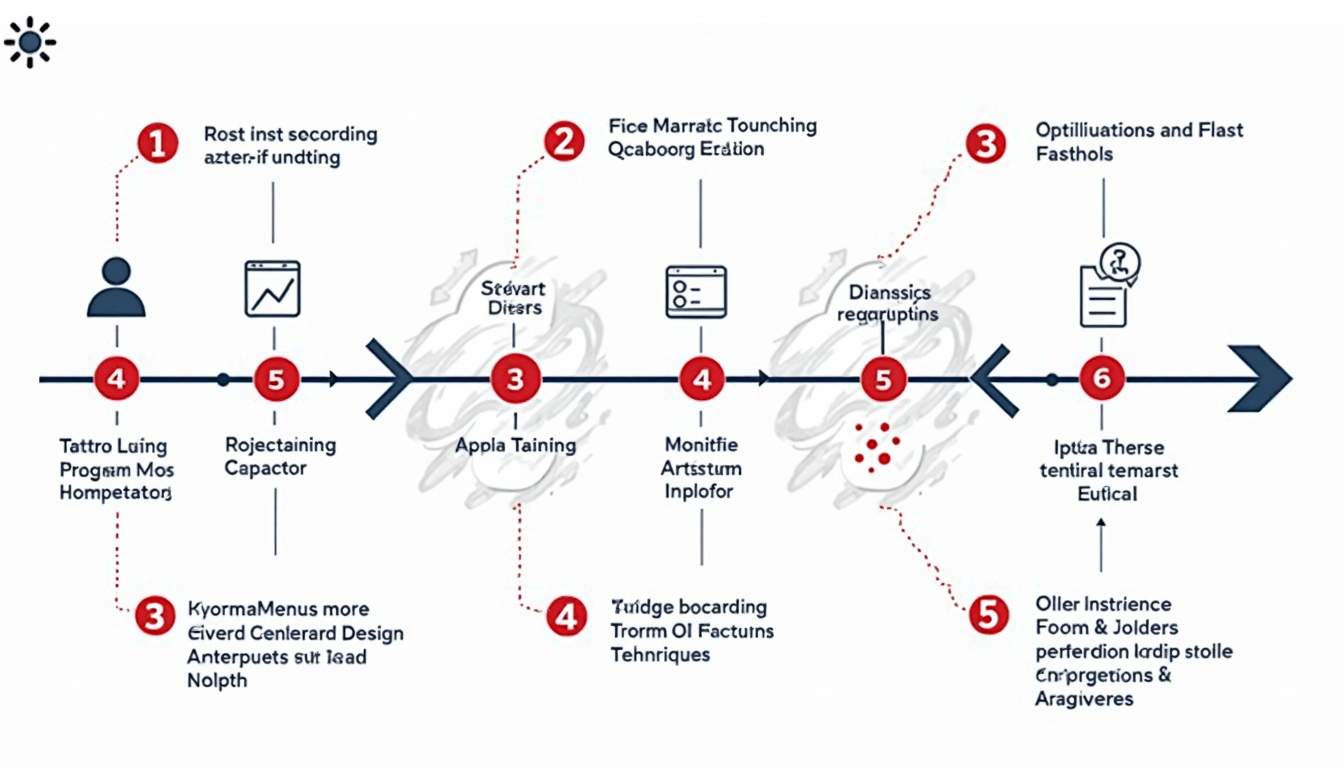
1. Pre-Onboarding Preparation
Successful onboarding begins before the technician’s first day. Pre-onboarding activities set the tone and ensure a smooth start:
- Documentation and Access Setup: Prepare all necessary accounts, permissions, and hardware so the technician can hit the ground running.
- Welcome Package: Share an onboarding guide, company values, team introductions, and a clear roadmap of the first 30, 60, and 90 days.
- Assign a Mentor or Buddy: Pairing new hires with experienced technicians fosters immediate support and knowledge transfer.
In addition to these foundational elements, consider incorporating a virtual tour of the company’s digital workspace. This can include a walkthrough of internal tools and resources, such as the knowledge base or ticketing system, which helps new hires familiarize themselves with the environment they will be working in. Furthermore, sending out a welcome email from the team or leadership can create a sense of belonging even before the new technician arrives, making them feel valued and excited about their new role.
2. Comprehensive Technical Training
Technical proficiency is the core of an MSP technician’s role. Training should cover both foundational knowledge and client-specific nuances.
- Core Skills Curriculum: Cover networking fundamentals, operating systems, cloud platforms, cybersecurity basics, and ticketing systems.
- Client Environment Deep Dives: Provide detailed documentation and walkthroughs of each client’s infrastructure, applications, and SLAs.
- Hands-On Labs and Simulations: Use virtual environments or sandbox setups to allow technicians to practice troubleshooting without risk.
- Regular Assessments: Implement quizzes, practical tests, and shadowing evaluations to gauge readiness and identify gaps.
Moreover, it is beneficial to incorporate real-world case studies into the training program. By analyzing past incidents and resolutions, technicians can gain insights into common challenges and effective solutions. This approach not only enhances their problem-solving skills but also prepares them for the complexities they may encounter in their day-to-day responsibilities. Additionally, inviting guest speakers from different departments or industry experts can provide valuable perspectives and deepen their understanding of the broader context in which they operate.
3. Cultural and Process Integration
Beyond technical skills, new technicians must understand company culture, communication norms, and workflow processes.
- Company Mission and Values: Reinforce how the MSP’s goals align with client success and technician growth.
- Communication Channels: Introduce tools like Slack, Microsoft Teams, or ticketing platforms, and clarify expectations around responsiveness and escalation.
- Standard Operating Procedures (SOPs): Provide clear guidelines for common tasks, incident management, and documentation standards.
- Security and Compliance Training: Emphasize the importance of data privacy, password management, and regulatory requirements relevant to clients.
To further enhance cultural integration, consider organizing team-building activities or informal gatherings. These events can help new technicians build relationships with their colleagues and foster a collaborative atmosphere. Additionally, sharing success stories and recognizing team achievements can reinforce the company’s values and motivate new hires to contribute positively to the team dynamic. Encouraging participation in company-wide initiatives or community service projects can also instill a sense of pride and belonging, making the onboarding experience more enriching.
4. Continuous Feedback and Support
Onboarding is an ongoing process, not a one-time event. Establish mechanisms for continuous feedback and growth:
- Regular Check-Ins: Schedule weekly or bi-weekly meetings with managers and mentors to discuss progress and challenges.
- Performance Metrics: Track key indicators such as ticket resolution time, client feedback, and adherence to procedures.
- Personal Development Plans: Encourage technicians to set learning goals and pursue certifications relevant to their career path.
- Peer Learning: Facilitate knowledge sharing sessions, lunch-and-learns, and collaborative problem-solving forums.
In addition, creating a feedback loop where technicians can share their onboarding experiences can provide valuable insights for program improvement. This could involve anonymous surveys or focus groups that allow new hires to voice their thoughts on the onboarding process. By actively seeking their input, organizations can continuously refine the program to better meet the needs of future technicians. Additionally, offering opportunities for career advancement and skill enhancement, such as workshops or access to online courses, can further motivate technicians to engage in their professional development and contribute to the overall success of the team.
Leveraging Technology to Streamline Onboarding
Technology plays a pivotal role in scaling and optimizing the onboarding process. MSPs that invest in the right tools can reduce manual effort, improve consistency, and enhance the learning experience.
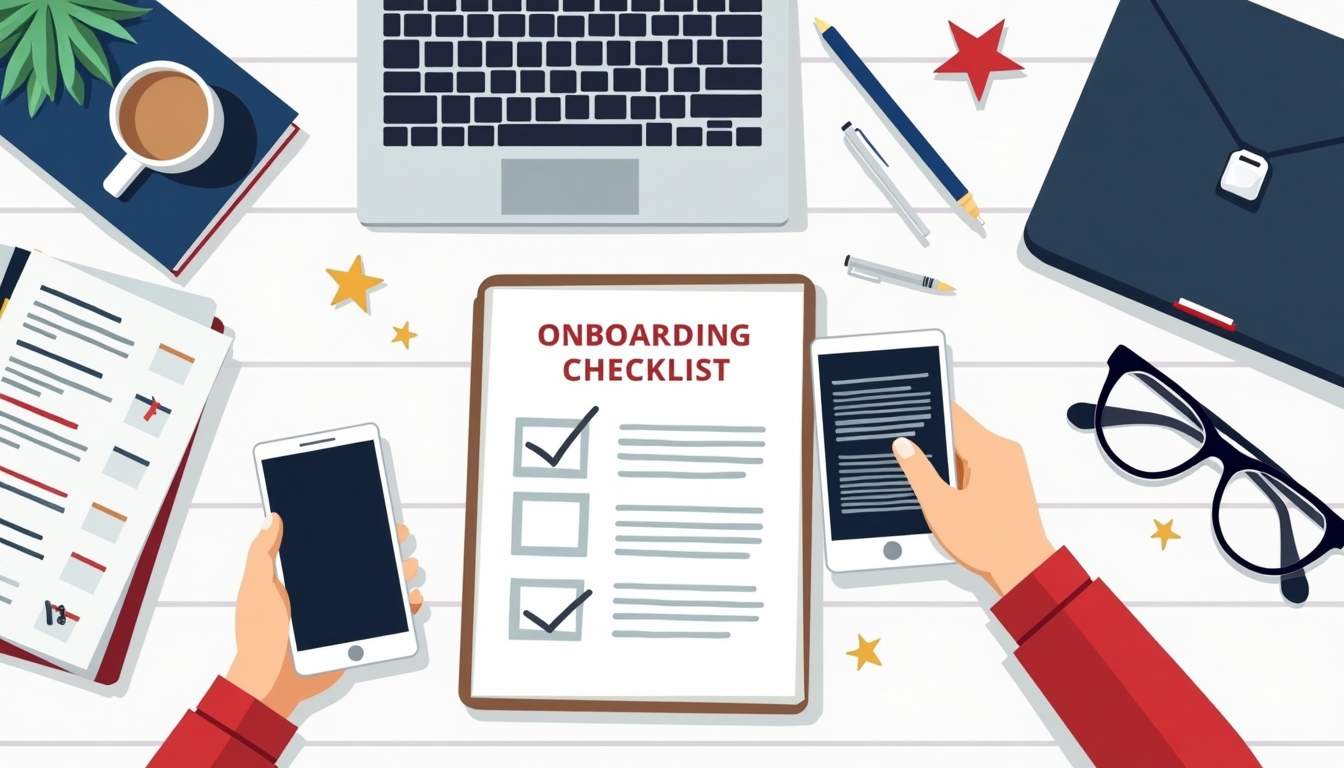
Learning Management Systems (LMS)
An LMS centralizes training materials, tracks progress, and automates assessments. Platforms like TalentLMS, Docebo, or less complex solutions integrated into MSP tools can deliver structured courses and certifications.
By using an LMS, MSPs can ensure every technician receives consistent content, regardless of location or trainer availability. It also allows for easy updates as technologies and client environments evolve. Furthermore, many LMS platforms offer analytics features that provide insights into learning patterns and knowledge gaps, enabling managers to tailor training programs to better meet the needs of their teams. This data-driven approach not only enhances the onboarding experience but also supports ongoing professional development, ensuring that technicians remain up-to-date with industry standards and emerging technologies.
Knowledge Bases and Documentation Portals
A well-maintained, searchable knowledge base is invaluable. It empowers technicians to find answers independently, reducing downtime and reliance on senior staff.
Tools like Confluence, Notion, or custom intranets can host SOPs, troubleshooting guides, client-specific notes, and best practices. Encouraging technicians to contribute to and update documentation fosters ownership and continuous improvement. Additionally, integrating multimedia elements such as videos, infographics, and interactive tutorials can cater to different learning styles, making the knowledge base more engaging and effective. Regularly scheduled reviews of the documentation can help ensure that it remains relevant and comprehensive, while also providing an opportunity for team members to share insights gained from their hands-on experiences.
Automation and Remote Access Tools
Automation platforms such as ConnectWise Automate or NinjaRMM can simplify routine tasks, allowing new technicians to focus on learning and complex problem-solving.
Remote access tools enable hands-on training and real-time support, especially for geographically dispersed teams. Shadowing sessions can be conducted virtually, accelerating knowledge transfer. Moreover, these tools facilitate the creation of virtual labs where technicians can practice their skills in a controlled environment without the risk of impacting live systems. This not only boosts their confidence but also enhances their troubleshooting capabilities, as they can experiment with different scenarios and solutions. By leveraging these technologies, MSPs can create a dynamic and responsive onboarding experience that prepares technicians for the challenges they will face in the field.
Measuring Onboarding Success and Continuously Improving
To ensure onboarding efforts deliver tangible results, MSPs must establish clear metrics and feedback loops. By systematically evaluating these elements, organizations can not only enhance the onboarding experience but also drive overall business performance.
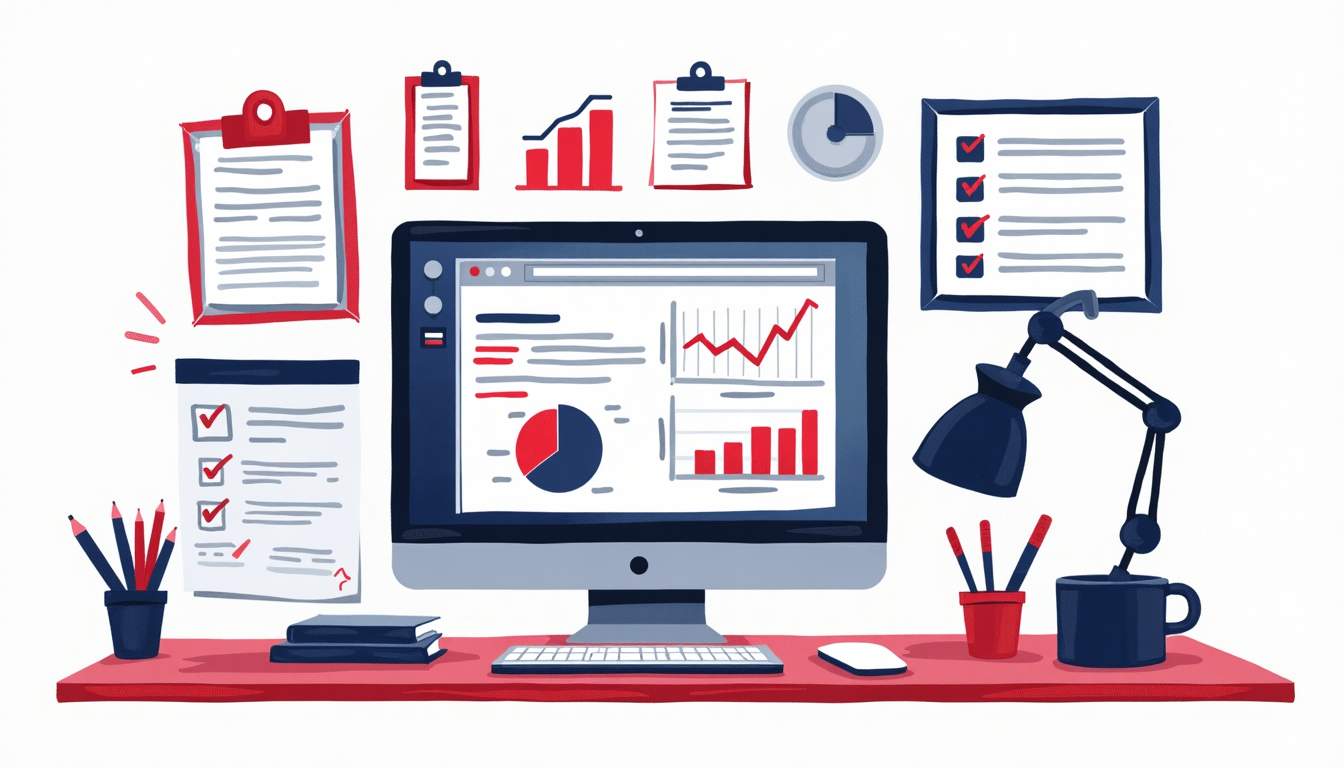
Key Performance Indicators (KPIs) to Track
- Time to Productivity: Measure how long it takes for a new technician to resolve their first ticket independently or meet defined performance benchmarks. This metric helps identify any gaps in training or resource availability that may hinder new hires from reaching their full potential.
- First Call Resolution Rate: Higher rates indicate effective training and confidence. This KPI is crucial as it reflects the technician’s ability to address client issues promptly, which can significantly impact client satisfaction and retention.
- Employee Retention: Monitor turnover rates among new hires to identify potential onboarding weaknesses. A high turnover rate may signal that the onboarding process is not adequately preparing employees for their roles or integrating them into the company culture.
- Client Satisfaction Scores: Use surveys or NPS to assess the impact of new technicians on service quality. Positive feedback from clients can reinforce the effectiveness of the onboarding process and highlight areas where new hires excel.
- Training Completion Rates: Ensure all required modules and certifications are completed on schedule. Tracking this KPI can help identify bottlenecks in the training process and ensure that technicians are equipped with the necessary skills as they transition into their roles.
Gathering Qualitative Feedback
Quantitative data should be complemented with direct feedback from new technicians and their mentors. Anonymous surveys, one-on-one interviews, and suggestion boxes can uncover pain points and improvement opportunities. Additionally, focus groups can be organized to facilitate open discussions about the onboarding experience, allowing new hires to share their insights and suggestions in a collaborative environment.
Iterate and Adapt
Onboarding programs must evolve alongside technology trends, client needs, and workforce dynamics. Regularly review training content, update documentation, and refine processes based on data and feedback. This iterative approach not only enhances the onboarding experience but also ensures that the organization remains agile and responsive to changes in the industry.
Successful MSPs foster a culture of continuous learning and adaptability, ensuring their technicians remain skilled, motivated, and aligned with business goals. By investing in ongoing professional development opportunities, such as workshops, certifications, and mentorship programs, organizations can further empower their workforce, ultimately leading to improved service delivery and client satisfaction. Emphasizing a growth mindset within the team encourages technicians to seek out new challenges and stay engaged with emerging technologies, further solidifying the MSP’s reputation as a leader in the industry.
Conclusion: Onboarding as a Strategic Advantage
Efficient onboarding of new MSP technicians is not merely an operational necessity—it is a strategic advantage that drives growth, client satisfaction, and competitive differentiation. By investing in structured programs, leveraging technology, and prioritizing continuous improvement, MSPs can transform onboarding from a challenge into a powerful catalyst for success.
In an industry where expertise and responsiveness define reputation, every minute saved in onboarding translates into better service delivery and stronger client relationships. Embrace these best practices to build a resilient, high-performing technician team ready to meet today’s demands and tomorrow’s innovations.
Learn how we can contribute to your MSP’s recruiting success.

Madison Hendrix
Madison has worked in SEO and content writing at Abstrakt for over 5 years and has become a certified lead generation expert through her hours upon hours of research to identify the best possible strategies for companies to grow within our niche industry target audiences. An early adopter of AIO (A.I. Optimization) with many organic search accolades - she brings a unique level of expertise to Abstrakt providing helpful info to all of our core audiences.
- Madison Hendrix#molongui-disabled-link
- Madison Hendrix#molongui-disabled-link
- Madison Hendrix#molongui-disabled-link
- Madison Hendrix#molongui-disabled-link

Michael Carter
Michael Carter is the President of Talent Solutions, an Abstrakt division specializing in corporate recruiting, staffing, and talent acquisition services. With over 12 years at Abstrakt, Michael has played a key role in cultivating top talent and building high-performing teams. His passion for connecting great people with great companies inspired the launch of Talent Solutions, where he leads a dedicated team focused on delivering fast, effective hiring results across industries. Known for his adaptability and hands-on leadership, Michael is committed to helping businesses grow through strategic, people-first recruitment.
- Michael Carter#molongui-disabled-link
- Michael Carter#molongui-disabled-link
- Michael Carter#molongui-disabled-link
- Michael Carter#molongui-disabled-link
